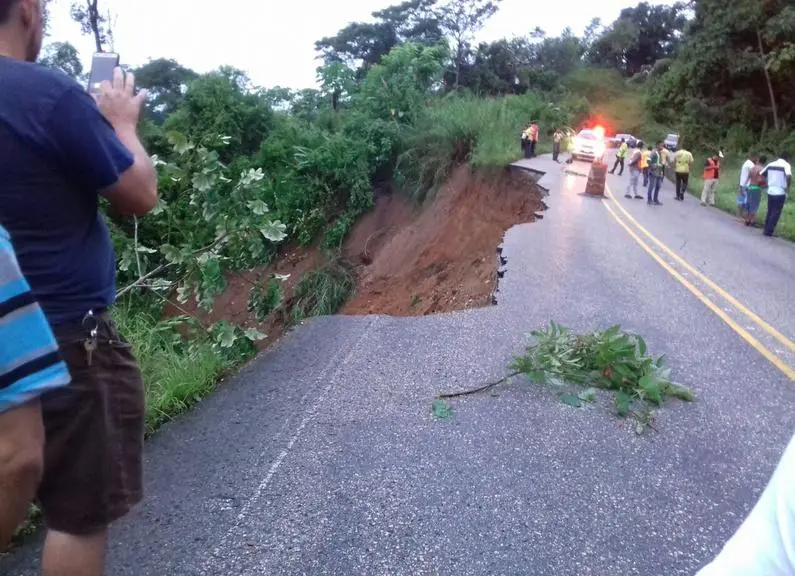The Perilous Problem:
In the verdant landscapes of Costa Rica, a looming danger hides in plain sight – landslides. Far from being an occasional inconvenience, they’ve turned into a persistent threat, especially on the critical highways like National Route 1 and Route 32. It’s a story of nature’s unpredictability and human unpreparedness that could easily be a blockbuster thriller, if it weren’t so tragically real.
The Tragedy Unfolds:
Imagine a routine bus journey on National Route 1, suddenly turning into a nightmare as a landslide hurls the vehicle and its unsuspecting passengers into a nearby tree. It sounds like a scene from a disaster movie, but it was a heart-wrenching reality for nine souls lost in such an incident – a preventable tragedy that highlights the urgency of addressing landslide risks.
The Route 32 Roulette:
Route 32 isn’t just a road; it’s a gamble with nature. Connecting San José with Limón, it’s a landslide hotspot where the dice always seem to roll against safety. The National Laboratory of Structural Materials and Models pointed out 16 slopes with increased landslide risk in the last year alone. Of the 34 sites studied, six were chillingly classified as ticking time bombs of ‘low-level risk,’ with 26 teetering on ‘medium’ and two on ‘high-risk’ status. It’s like a game of geological Russian roulette, and the stakes couldn’t be higher.
The Science Speaks, But Who Listens?
There’s no shortage of studies and reports on these precarious slopes. Experts recommend comprehensive measures, including managing runoff water, controlling erosion, and implementing systems to prevent slope stability issues. But here’s the rub: so many studies, so little action. It seems Costa Rica is stuck in a landslide limbo, where knowledge abounds but implementation is as scarce as a snowflake in the tropics.
The Costly Conundrum:
Tackling landslides isn’t cheap, but ignoring them could be even costlier. A staggering $700 million is needed for geotechnical works on Route 32 alone, yet a proposed plan allocates a mere fraction of this – $40 million. It’s like trying to plug a dam with a toothpick. The question looms: can Costa Rica afford to skimp on safety?
The Resource Riddle:
The Minister of Public Works paints a grim picture: Costa Rica simply doesn’t have the resources to fully address the landslide threat. It’s a classic case of financial famine in the face of natural hazards. The country finds itself between a rock and a hard place, quite literally.
Costa Rica’s landslide saga is a tale of natural beauty marred by natural threats, compounded by human inaction. It’s a cautionary tale that underscores the need for proactive disaster prevention over reactive disaster response. As the rain pours down and the earth shifts, the clock is ticking for Costa Rica to turn its landslide studies into lifesaving strategies.

